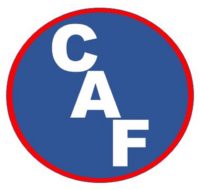Two very important basic physical properties of FOAM are % Solution and Expansion. Each of these will be discussed on separate pages.
But 1st, let us discuss Foam Effectiveness.
What does FOAM do for Firefighters?
2-8 Times more effective at reducing the heat of a fire {link to test results}
Holds water in retention (Bubbles) until it is needed
Easily can see where it was applied
Reduces the total amount of water needed
Sticks to the fuels to aid in wetting and cooling the fuel
Soaks into the fuels to increase fuel moisture to prevent further combustion
Reduces mop up time
Reduces carbon emmisions by attaching the carbon to the foam
Reduces water damage
Increases Customer Satisfaction



























